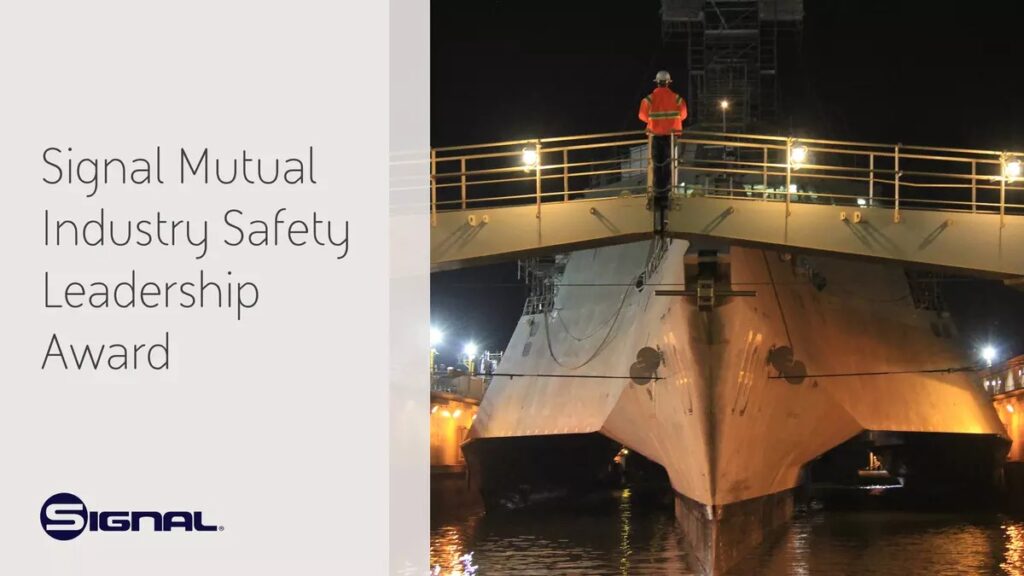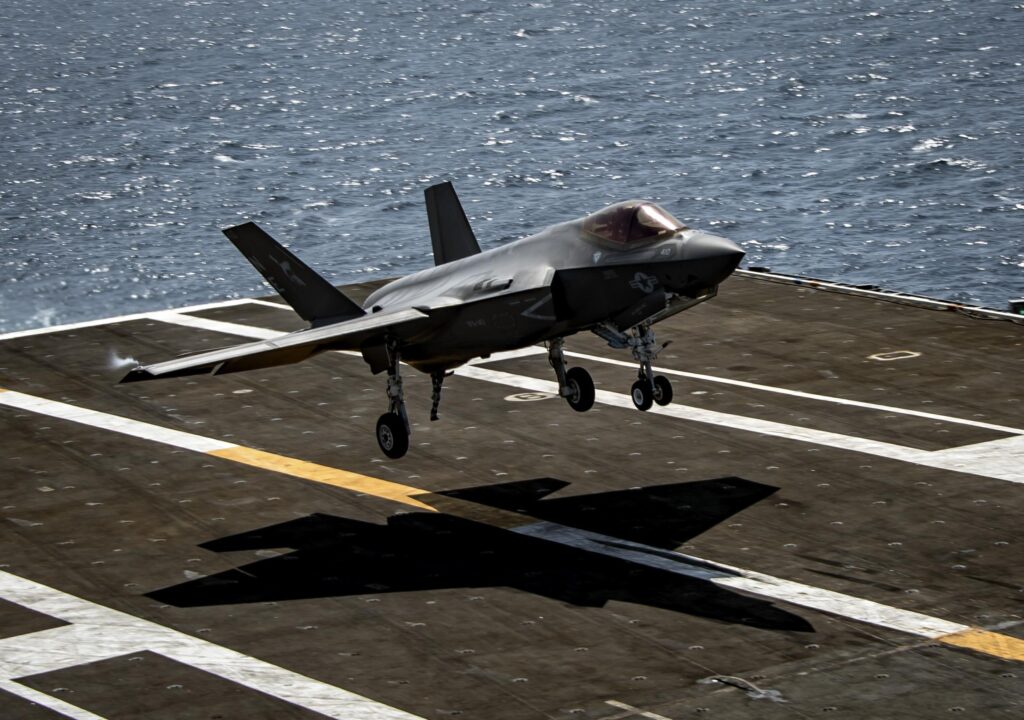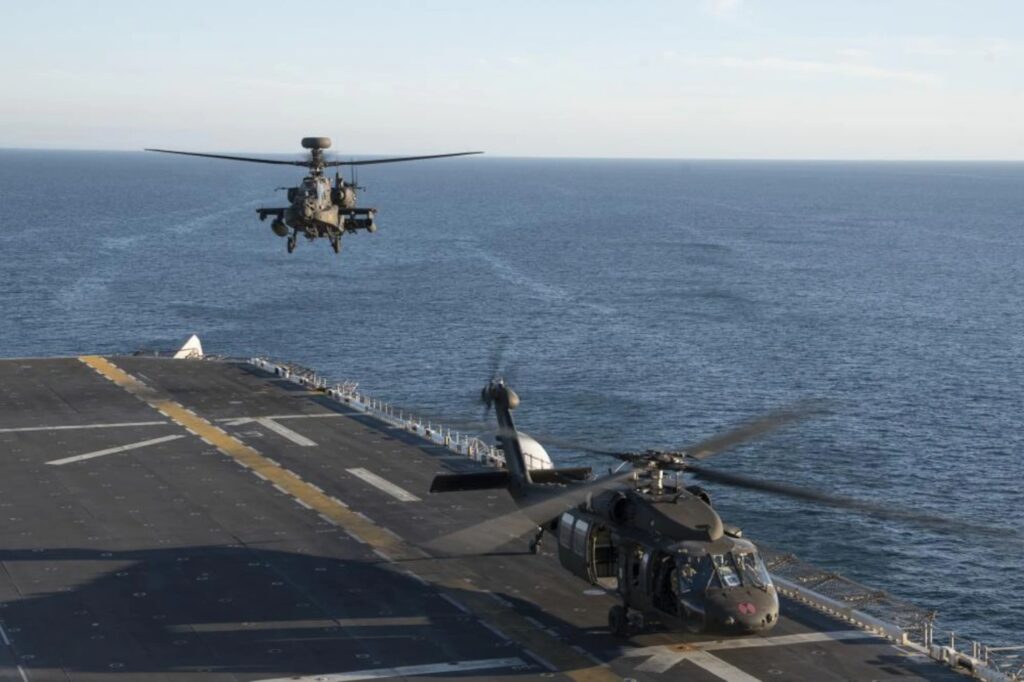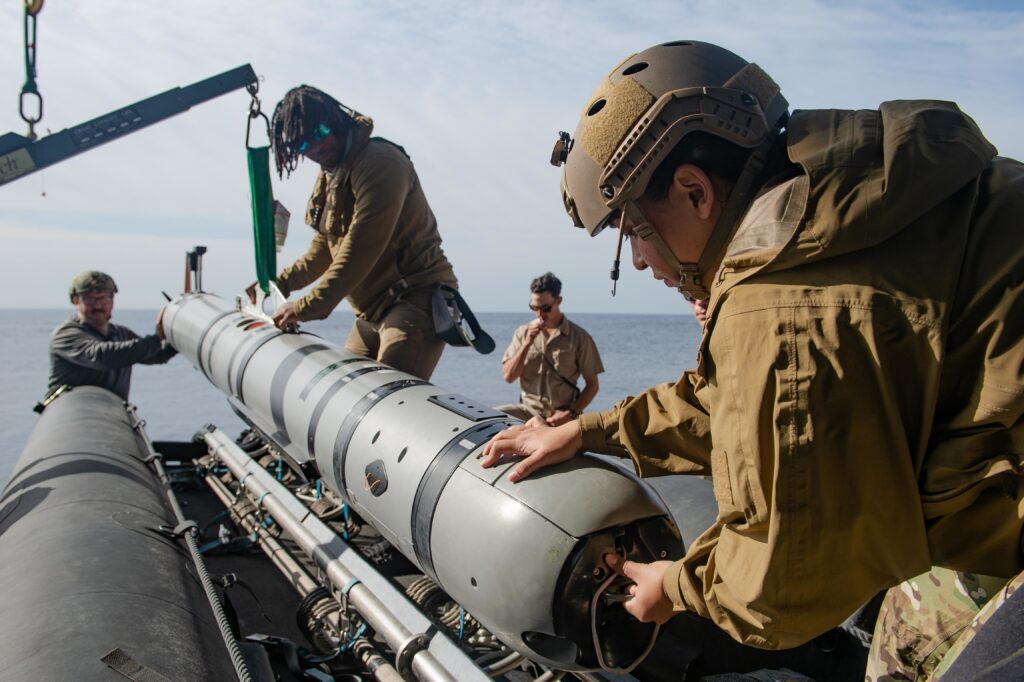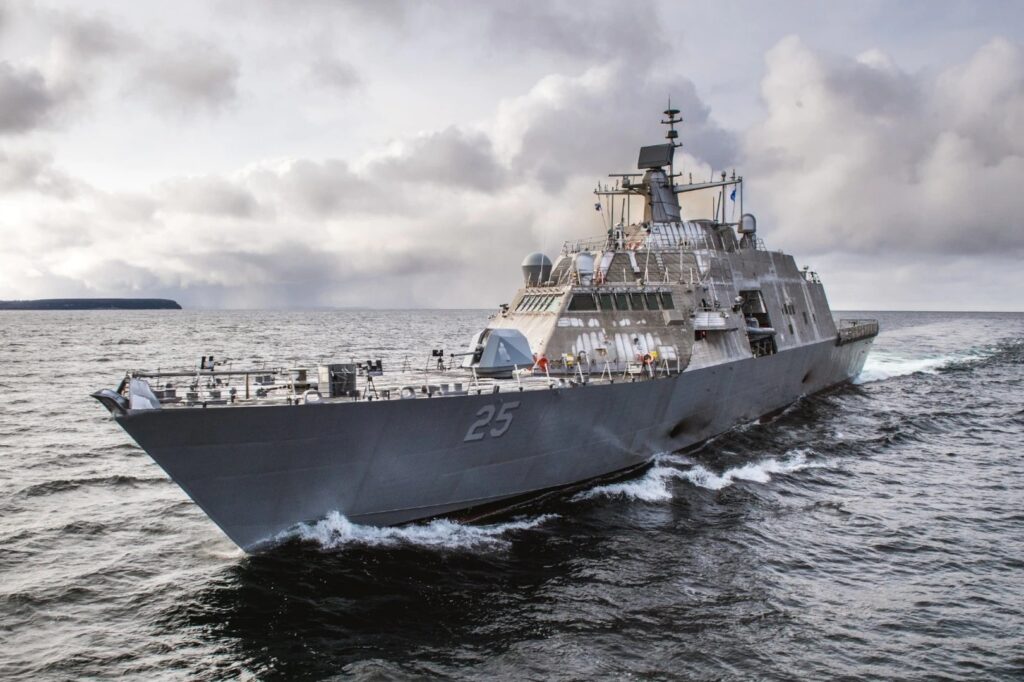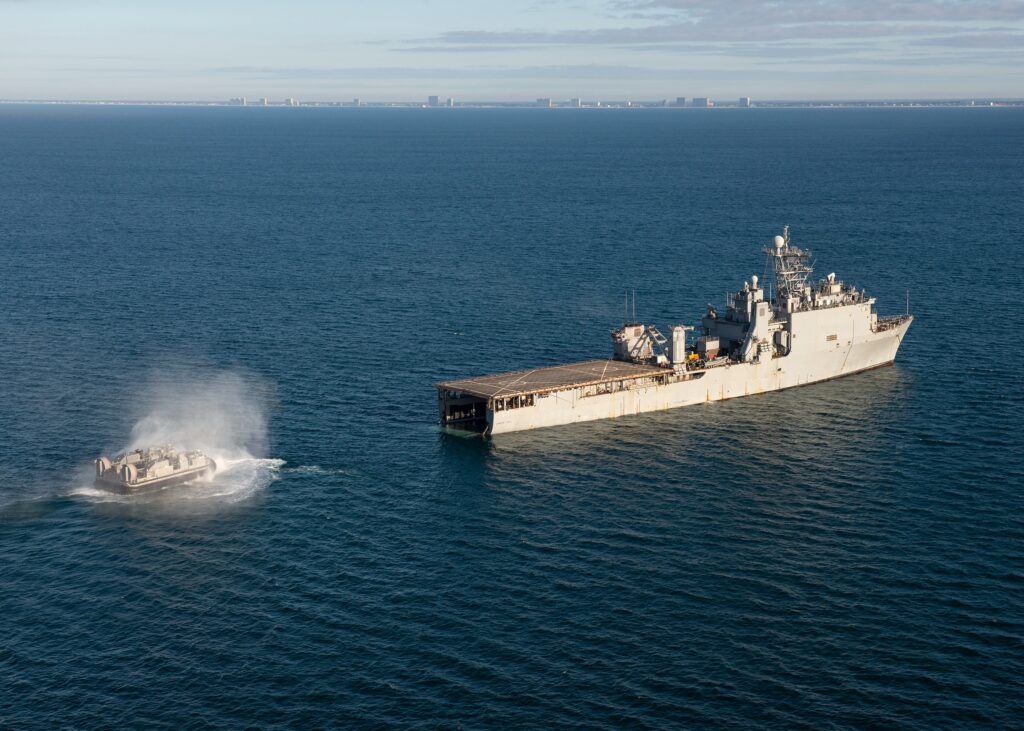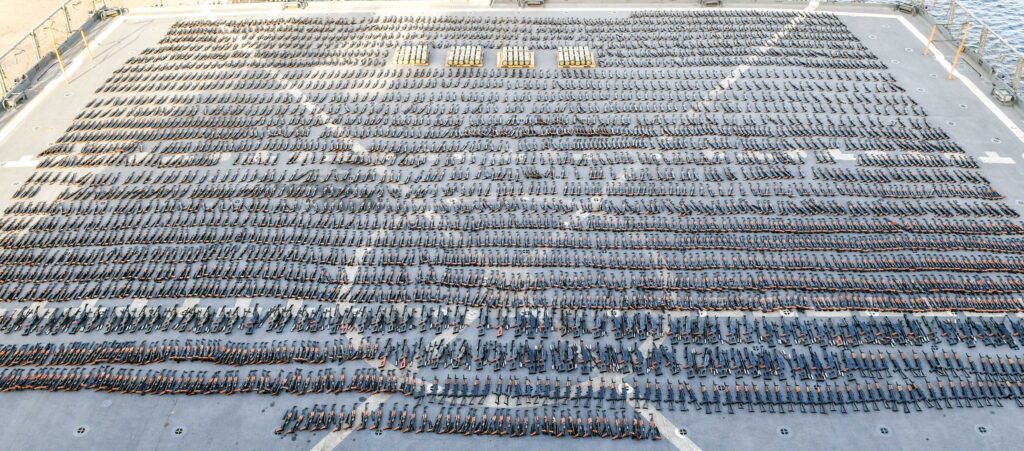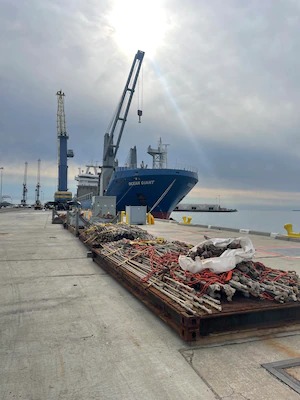Shipbuilding Industry Workforce, Not Capacity, Is Limiting Shipbuilding and Repair for Navy
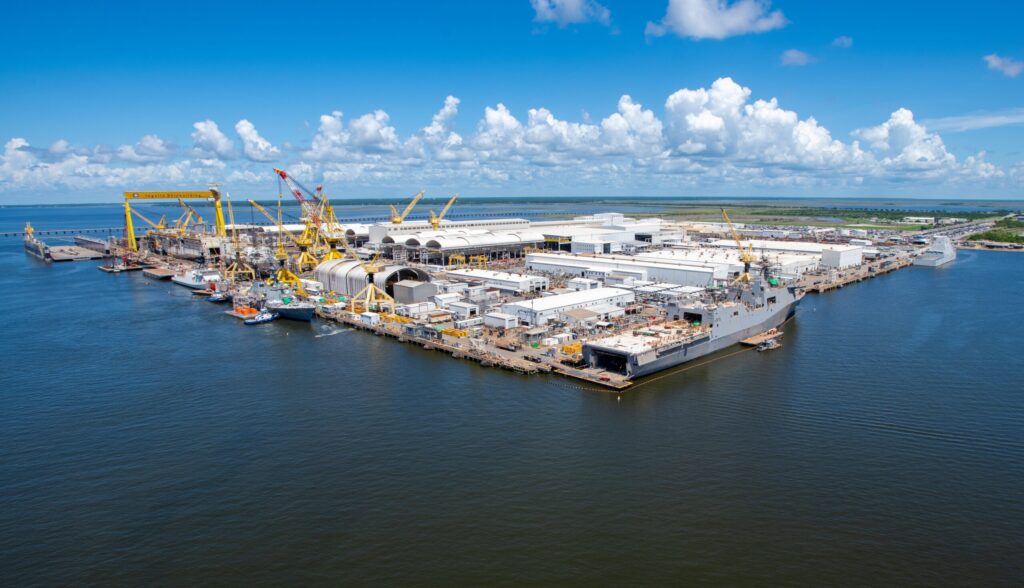
*******
ARLINGTON, Va. — The nation’s shipyards have the facilities capacity to handle increased shipbuilding for the U.S. Navy but are limited by skilled workforce shortages, a shipbuilding executive told Congress, also noting the importance of stability in the demand signal from the Navy.
“The single biggest issue facing the [shipbuilding] industry is people, and that’s going to be the case going forward, and we’ve got to be more creative in our workforce development,” said Matthew Paxton, president of the Shipbuilders Council of America, testifying Feb. 8 before the House Armed Services Committee.
In reply to a question from Rep. Bob Wittman, R-Virginia regarding the Navy saying that the shipbuilders cannot deliver three Arleigh Burke destroyers funded last year, Paxton said the shipbuilding industry, “has under-utilized assets, and assets not utilized at all. There is capacity in the shipyard industrial base across new shipbuilding and ship repair. Whatever the demand signal is from Congress, we’re going to meet it … because we’re going to sequence our yards to be more productive and we’re going to train up the workforce and we’re going to deliver those assets.”
“I think private industry fundamentally disagrees [that] we don’t have the assets,” he said.
Paxton thanked the committee for its support for federal investments in the shipbuilding industrial base. He also noted that the private shipbuilding industry “every day of the week is investing in their workforce. They have training facilities, apprenticeship programs, they team with local community colleges, so investments like this from the federal level get bang for the buck for what the private industry is doing as well. While we care deeply about the submarine industrial base, the fact is that some of these monies are going to go across other shipbuilding programs is absolutely critical. It’s also critical for our supply chain.”
“Shipyards and shipyard repair facilities are highly capital-intensive enterprises, … and a lot of our shipyards employ thousands of employees,” Paxton said. “We get a new shipbuilding plan every year. It sends a confusing message industry. To the extent that we can have stable budgets and a stable demand signal, industry will respond accordingly. They have in the past.”
Paxton added that, “Acquisition strategies like incremental funding, advance procurement, block-buy contracting are huge for shipyards because that gives them long-lead-time materials that they need to sequence ships, to have that [material] come in, whereas some of the material that they are buying [that used to take] only 18 months to get now [takes] two to three years to get.”
He said the stability of a 10-year horizon “allows shipyards to make critical investments in [their] facilities and in [their] workforce.”
Paxton also noted that the shipbuilding industry “has benefited when we split various ship sizes across shipyards. There is goodness in trying to get series construction going, keep hot production lines going, and keep the workforce learning.”
